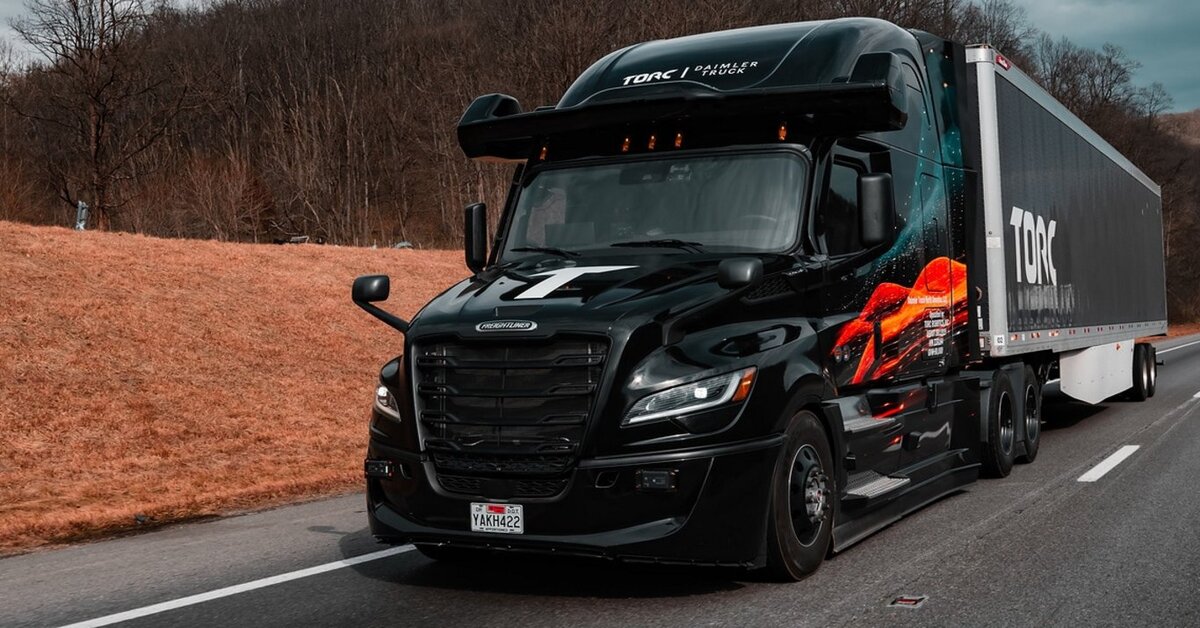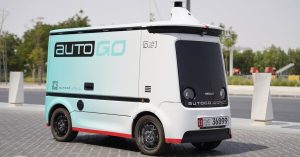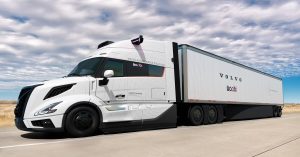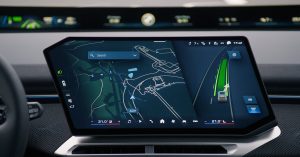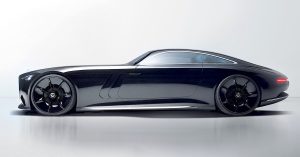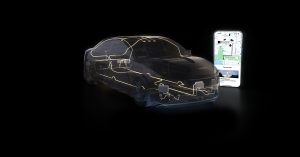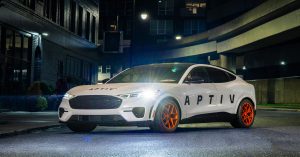Daimler Truck North America has begun handing over its most advanced highway trucks to Torc Robotics, a key player in autonomous vehicle development and a Daimler subsidiary. These trucks, based on the recently launched fifth-generation Freightliner Cascadia, are specifically built to support the next phase of autonomous driving research and integration.
The new Cascadia model isn’t just another upgrade — it’s an autonomy-ready platform designed for real-world deployment. Packed with cutting-edge safety technology for steering and braking, this truck is intended for future mass production, not just limited testing.
Joanna Buttler, who leads Daimler Truck’s Autonomous Technology Group, described the delivery as a pivotal step in the company’s journey. “This marks a major leap toward making autonomous trucking a reality,” she said. “With production-ready autonomy components now integrated, we’re moving closer to scaling our platform for wide commercial use.”
Daimler has built these trucks with SAE Level 4 autonomy in mind — where the vehicle can operate independently within set routes, without needing a human driver. Achieving this level of automation requires strong redundancies in critical systems. That’s why the latest Cascadia includes duplicated electronic controls, safety functions, and an integrated power network — all engineered to keep the truck safely operational under a variety of conditions.
More than 1,500 engineering specifications were translated into practical features for this model. On top of that, the truck is equipped with the Detroit Assurance Suite, a powerful set of safety tools, as well as intelligent dual-stage LED headlights and an all-new braking control system. It’s also impressively efficient — Daimler reports over 35% improved fuel economy compared to the first Cascadia launched in 2007.
One of the biggest advantages of this platform is its built-in readiness for autonomy. Daimler installs essential sensors and computing systems during assembly, which means Torc Robotics can immediately integrate its virtual driver system upon delivery, without the need for extensive retrofitting.
Torc plans to test these new trucks on expanded routes, particularly in Texas. A new corridor between Laredo and Dallas, largely along Interstate 35, will serve as a key testing ground. This builds on existing operations in states like Arizona and New Mexico. Supporting these efforts is a newly secured autonomous vehicle hub in the Dallas-Fort Worth area, where testing, freight pilots, and future rollouts will be coordinated.
Peter Vaughan Schmidt, CEO of Torc, emphasized the long-standing partnership. “For over six years, we’ve been working closely with Daimler to bring scalable autonomous freight solutions to life,” he said. “The result is a seamless combination of physical truck design and advanced AI, built to transform the freight industry.”
The ultimate goal for Daimler and Torc is to introduce fully autonomous Freightliner trucks to the U.S. market by 2027. These vehicles will operate between logistics hubs, performing highway segments with no human intervention — a game-changer for long-haul transport.
Meanwhile, other players in the industry are also pushing boundaries. In Japan, Nippon Steel and Tier IV are developing autonomous trucks for steel transport, aiming to deploy the technology by 2025 at a major production site.

